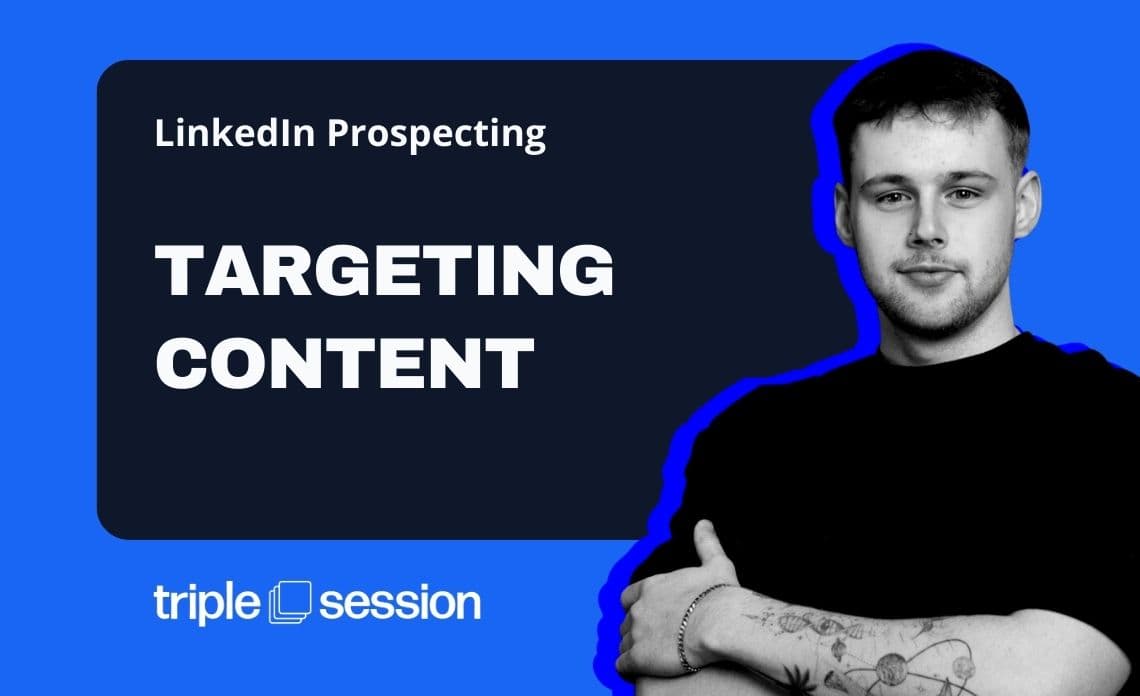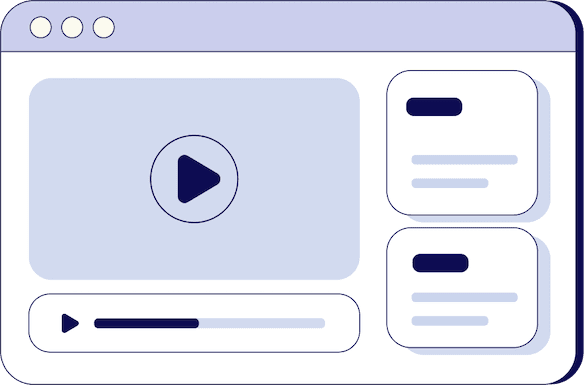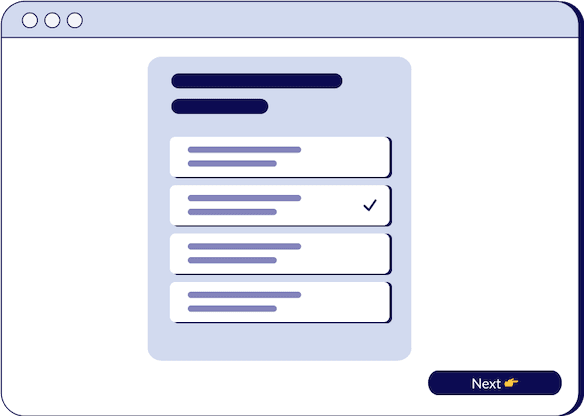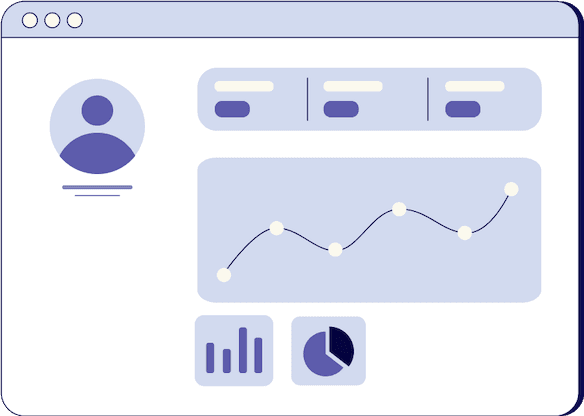
LinkedIn Prospecting: Targeting Content
Jed Mahrle
Head of Outbound Sales at Milkshake

- duration
- 3 min
- Average Score
- 87%
- Stars
- 5
In today's digital age, where tons of content is being published on various platforms every single day, it can be challenging to identify and connect with the right prospects. However, leveraging LinkedIn's robust platform can give you a significant advantage in finding and engaging with potential customers within your target market. In this blog post, we will explore the first LinkedIn prospecting strategy: targeting relevant content on LinkedIn.
Why Target Relevant Content?
When you focus on content that is most relevant to your product or service, you increase the likelihood of engaging with prospects who are already interested in similar topics. By identifying and connecting with individuals who engage with content related to your industry or niche, you can initiate conversations with warmer prospects, increasing your chances of conversion.
Step 1: Identify Keywords
The first step in this strategy is to identify relevant keywords related to your product or service. Think about your industry, competitors' names, categories you belong to, and specific keywords related to the problems your product or service solves or its unique features. For example, if you are selling an AI tool, your keywords might include AI, machine learning, automation, etc.
Step 2: Perform a Search on LinkedIn
Once you have identified your keywords, it's time to perform a search on LinkedIn. Enter your keywords in the search bar, and filter the results by "posts" to find content specifically related to your keywords. Filtering by posts ensures that you find the most recent and fresh content that is currently top-of-mind for your prospects.
Step 3: Refine Your Search
To further refine your search and focus on warmer leads, you can add additional filters. For example, filtering by the last week ensures you find the most recent posts, while filtering by "first degree connections" allows you to start with prospects who are already connected to you. These initial connections are more likely to be receptive to your outreach.
Step 4: Engage with Relevant Content
Now that you have identified relevant content, it's time to engage with it. Scroll through the posts until you find content with a significant amount of engagement, such as likes and comments. Engaging with popular posts ensures that your brand and profile gain exposure to a wider audience within your target market.
Step 5: Connect with Prospects
As you engage with the relevant content, you will come across prospects who are also engaging with it. These prospects are potential leads who are actively interested in the topic at hand. To initiate a conversation, you can use a LinkedIn Chrome extension like Magical (a free tool) to scrape profiles or manually go through the likes and comments section.
Identify specific individuals who seem like a good fit for your ideal customer profile (ICP) and reach out to them with a warm introduction. For example, you can mention that you noticed their engagement with a specific post and connect it to your value proposition. This personalized approach demonstrates your interest, establishes a connection, and provides an opportunity to offer additional resources or insights related to your product or service.
Step 6: Follow-Up and Nurture Relationships
After reaching out to prospects, it's essential to follow up and nurture the relationships you initiate. Send a follow-up message referring to your previous communication, offering further resources or insights, and expressing your interest in setting up a call or meeting. By leading with value and gradually becoming more assertive in your follow-ups, you increase the likelihood of converting prospects into customers.
Real-Life Example
Let's consider a real-life example to illustrate the power of this strategy. Suppose you are selling a solution for email deliverability, and you search for content related to email deliverability on LinkedIn. Engage with popular posts in this category and identify prospects who are actively engaging with them.
You can then reach out to these prospects and mention that you noticed their engagement with a post on email deliverability. Highlight how your solution aligns with their interests and provide them with additional resources or information that can benefit them. As you follow up, express your willingness to schedule a call or further discuss how your solution can address their email deliverability concerns.
Targeting relevant content on LinkedIn is a powerful prospecting strategy that enables you to engage with prospects who are already interested in your industry or niche. By leveraging LinkedIn's search functionalities, you can identify content, engage with prospects, and initiate meaningful conversations. Remember to always lead with value, gradually assert your value proposition, and nurture relationships through effective follow-ups. With this strategy, you can position yourself as a trusted industry expert and increase your chances of converting prospects into long-term customers.
How Triple Session works
Training, Testing, & Feedback
Triple Session's proven formula accelerates your sales performance through consistent, organized practice, backed by measurable results.

Bite-Sized Knowledge
Our expert-led video sessions simplify complex sales concepts into easy-to-digest 5-15 minute videos for better retention.

Test Your Understanding
After each session, there will be a quiz to test your understanding and help you improve on any areas that need more attention.

Evaluate and Grow
Get progress snapshots after each quiz to track your improvements and achieve your sales mastery goals.